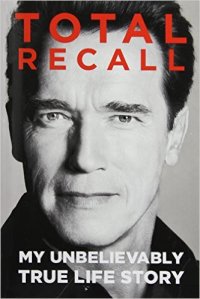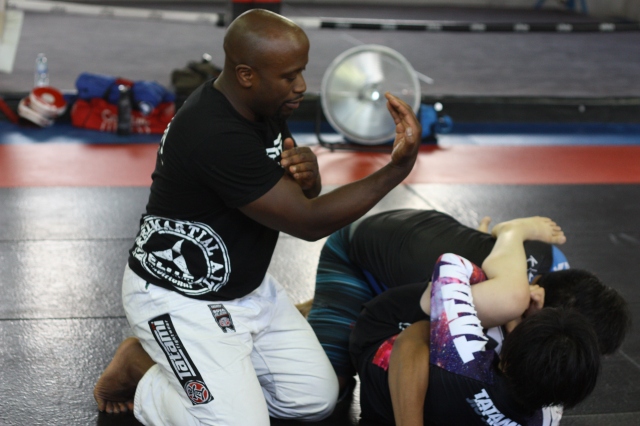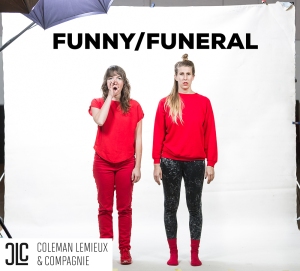Just wrapped up reading Total Recall: My Unbelievably True Life Story by Arnold Schwarzenegger. I have so many thoughts on this wonderful book that it’s hard to contain them into a mere review. I suppose, like his life story itself, Arnold touches on four main areas of his personal success:
BODYBUILDING
Arnold explains how he became a multiple world bodybuilding champion by putting in the work and being extremely hard on himself. In one section, he is highly self-critical of his own body:
“I also had some shortcomings. Relative to my torso, my limbs were too long. So I was always having to build the arms and legs to make the proportions seem right. Even with massive twenty-nine-inch thighs, my legs still looked on the thin side. My calves fell short compared to my thighs, and my triceps fell short compared to the biceps.”
This kind of direct, open honesty is rare, even in hindsight. Arnold actually solicited feedback from judges at bodybuilding competitions, telling them that he wouldn’t feel insulted by their feedback. What’s more, Arnold went to task, working on each of his weaknesses until he emerged triumphantly.

MOVIES
Hollywood is the hardest nut to crack in a world full of glittering opportunities. Arnold turns the tables completely by dismissing the people who said “You can’t do it because of the accent, your size, your nationality, your lack of theater experience, etc.”
Most interesting is how Arnold gives up concessions early on for his earliest movies–and later on reaps benefits by having detailed knowledge of contracts. Twins was a foray into comedy that always left an impression on me.
Some terrific insight into the hardcore nature of director James Cameron as they feverishly worked on the Terminator movies. There really are no prisoners in the film business, no stone left unturned and Arnold really got a hold of something magical through his efforts.
REAL ESTATE
Thanks to his math skills and careful research, Arnold invested in various properties that increased many times in value. Before he bought a home, he invested in an apartment building in the 70s. Even before Conan the Barbarian, Arnold’s investments contributed to a net worth of $1 million dollars.
His wise investment of income allowed him to take the right movie roles to get to where he wanted to go, rather than trying to fit in with wherever he was typecast.
POLITICS
Arnold really shines here as he explains his bipartisan initiatives to govern California. He takes the very best qualities of both parties and melds them into his own centrist politics.
While his two terms as Governor of California were marred with low approval ratings, we must examine the constitution of California, as well as the 2008 housing crash/recession as factors. Arnold had to take decisive action and he wasn’t going to win any popularity contests by challenging the status quo.
The only shame is that Arnold can’t run for president. He truly has a solid vision for where the USA should be headed with universal healthcare, budget reforms, environmental initiatives and just his people skills in general.
My recommendation: Buy this book. Arnold’s life lessons, strategies, tips and stories are incredibly valuable. A must-read.


